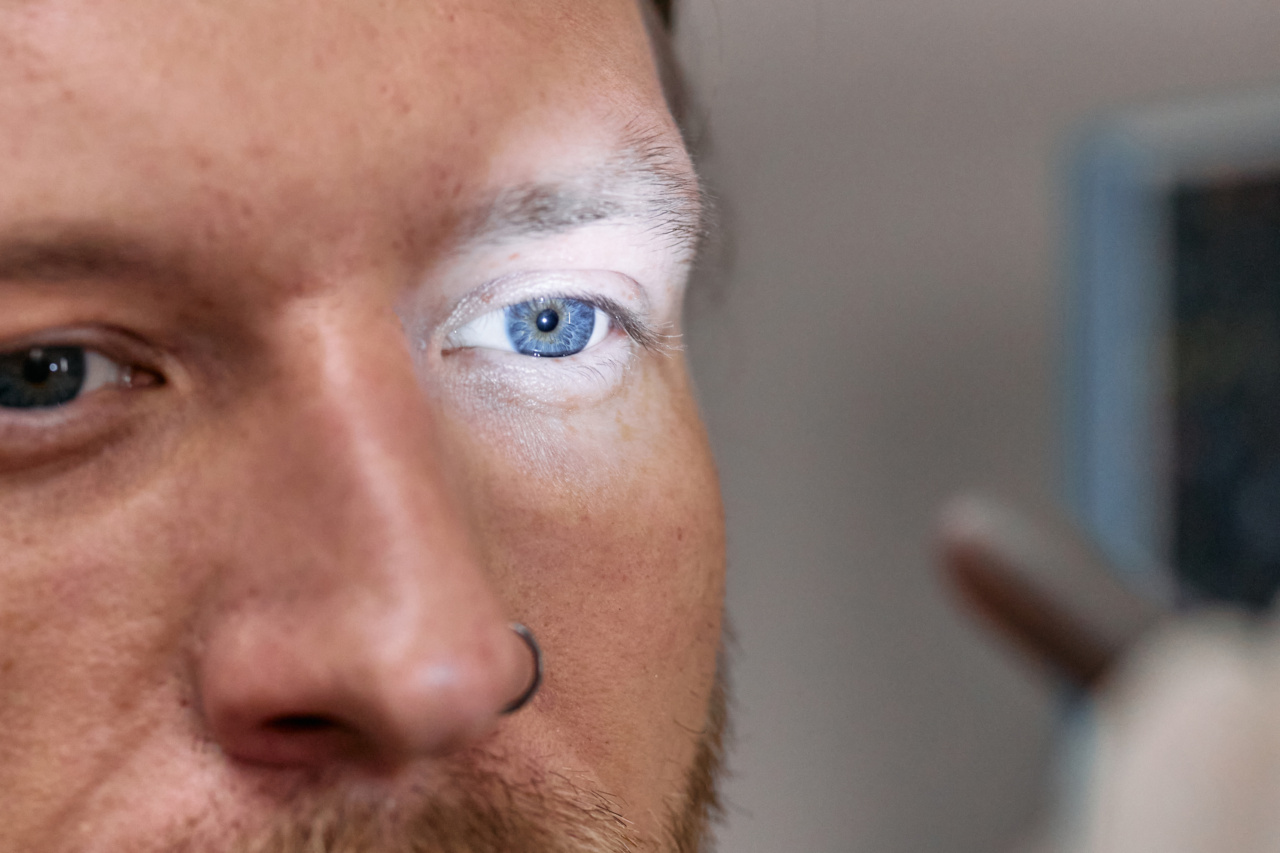Blue eyes are a captivating and mesmerizing attribute that enchants people all over the world. They are often associated with beauty, mystique, and charm.
But have you ever wondered what causes some individuals to have this distinct eye color? In this article, we will delve into the causes, symptoms, and diagnosis of blue eyes, shedding light on the fascinating science behind this phenomenon.
What Causes Blue Eyes?
Eye color is primarily determined by the amount and distribution of melanin, a pigment in the iris of our eyes. Blue eyes are the result of the interplay between genetics and the absence of certain pigments.
Unlike brown eyes, which have a higher concentration of melanin, blue eyes have lower levels of melanin and appear blue due to a phenomenon called Rayleigh scattering.
Rayleigh scattering is a phenomenon that occurs when light interacts with tiny structures or particles that are smaller than the wavelength of visible light.
In the case of blue eyes, the iris contains fewer melanin pigments, allowing light to scatter and reflect in a way that makes the eyes appear blue.
The Genetics of Eye Color
The inheritance of eye color is a complex genetic trait. While it was once believed that blue eyes were solely the result of a single gene, recent research has shown that multiple genes contribute to the determination of eye color.
These genes interact in complicated ways to influence the production and distribution of melanin in the iris.
One of the key genes involved in eye color determination is called OCA2. Variations in the OCA2 gene can result in reduced melanin production, leading to lighter-colored eyes such as blue or green.
However, it is important to note that eye color inheritance is not simply a matter of dominant and recessive genes. It is influenced by a combination of genetic factors and can vary widely within families.
Symptoms of Blue Eyes
While blue eyes themselves are not a symptom of any underlying health condition, they can be an indicator of certain genetic traits or increased sensitivity to certain conditions.
Some individuals with blue eyes may experience more light sensitivity compared to those with darker eye colors. This can cause discomfort or even pain in bright environments.
Additionally, studies have suggested a correlation between blue eyes and an increased risk of certain eye conditions.
For instance, individuals with blue eyes may have a higher likelihood of developing age-related macular degeneration (AMD) compared to those with brown eyes. AMD is a progressive eye disease that can cause vision loss over time.
Diagnosing Blue Eyes
Diagnosing blue eyes is a straightforward process that primarily relies on visual observation. However, it is worth noting that eye color can change during a person’s lifetime, particularly during infancy.
Many babies are born with blue eyes that may turn brown, green, or gray as they grow older.
Furthermore, in some rare cases, blue eyes can be a symptom of a medical condition. For example, Waardenburg syndrome, a genetic disorder, can cause a person to have unusually blue eyes, along with hearing loss and other abnormalities.
If a person’s eye color changes dramatically or is accompanied by other concerning symptoms, it is essential to consult a healthcare professional for further evaluation and diagnosis.
Conclusion
Blue eyes, with their captivating allure, are a result of a fascinating interplay between genetics and pigmentation.
While blue eyes themselves are not a symptom of any underlying health condition, they can indicate increased sensitivity to certain eye conditions. Understanding the genetics and health implications associated with blue eyes can provide valuable insights into human diversity and the intricate nature of eye color inheritance.






























